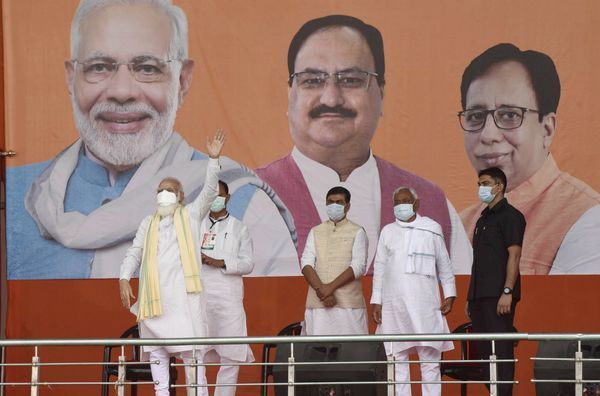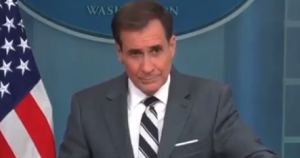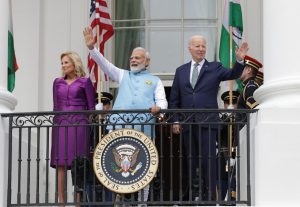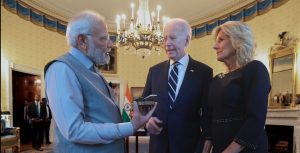If the trends obtained close to the halfway point in the counting of votes in the #BiharElection2020 elections are anything to go by, the ruling NDA alliance appears set to return to power. The remarkable turnaround in fortunes appears to have wrong-footed pollsters and pundits alike and belied reports of anti-incumbency and economic distress in the wake of the coronavirus pandemic.
The key takeaways of the preliminary results available so far clearly points to the fact that the RJD-led #GrandAlliance has underperformed belying the hype that preceded the actual results. Significantly, barring the Left parties, the performance of both the RJD and the Congress appears to be falling far short of expectations. On the contrary the #JDU has not been routed as was predicted even though its performance falls short of what it had achieved in 2015. The BJPs has been the stand out performance as the saffron party appears poised to emerge as the single largest party in Bihar.
The #NDA‘s better than expected showing appears to have been powered by several factors, prominent amongst them being the support of the women, 59% women turned out to vote compared to 50% men, their turnout was 5% more than the men, the fragmentation of the anti-NDA vote, with parties like the AIMM and the BSP cutting into the grand alliance votes in the minority dominated Seemanchal region, and the failure of the grand alliance to attract a sizeable number of votes from outside its Muslim-Yadav vote bank. The high voltage campaign of the grand alliance also appears to have led to a counter polarisation in favour of the NDA.
Also read: Once a challenger to PM Modi, Bihar CM Nitish Kumar fights for political survival
The trends from Bihar coupled with the results of the by-elections in Madhya Pradesh, Gujarat and Uttar Pradesh must give the BJP a lot to cheer about. These were the first elections to be held in the backdrop of the economic hardships in the Covid era. The ruling alliance particularly the BJP appears to have done a good job of cushioning the fallout of this crisis, through its schemes of direct cash transfer and the PM%u2019s Garib Kalyan Yojna.
The BJP%u2019s emergence as the single largest party is also likely to bring about a change in the power sharing equations in the state. While the party remains committed to honouring the public commitment made by the PM #NarendraModi and the other BJP leaders of continuing with Nitish Kumar as the Chief Minister, the terms of the alliance will change significantly. It will be the BJP and not the JD(U), that will be the driving force of the alliance and Nitish Kumar will no longer be able to dictate terms to the BJP.
Similarly the success of the AIMM and the BSP could tempt the two parties to carry this alliance in Uttar Pradesh as well. If it does happen it will be bad news for the Akhilesh Yadav-led Samajwadi Party as it will cut into the SP%u2019s vote bank.






